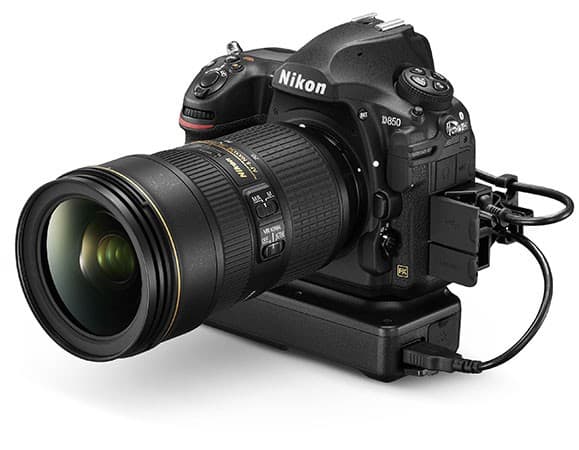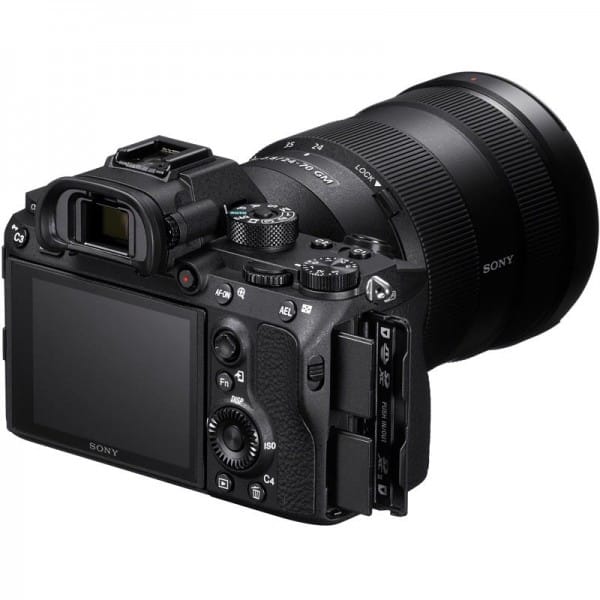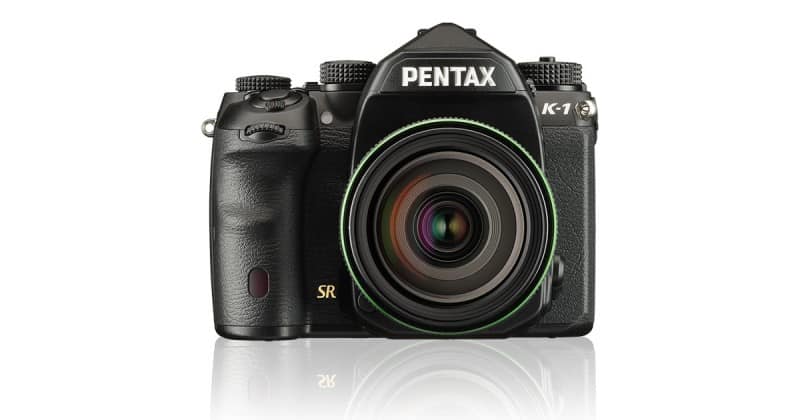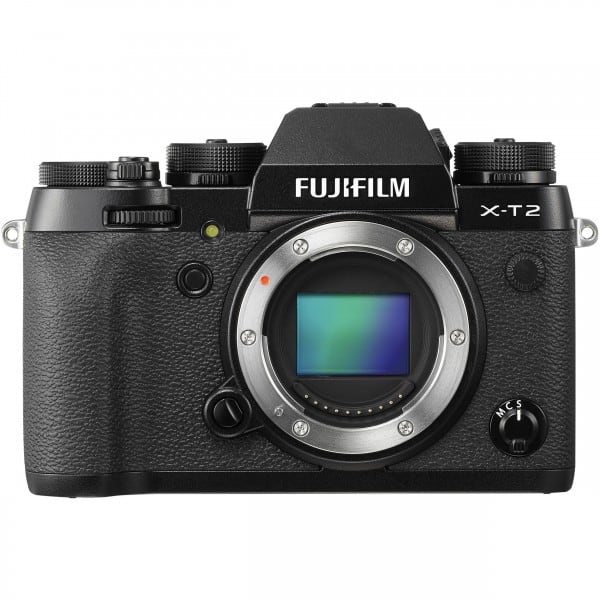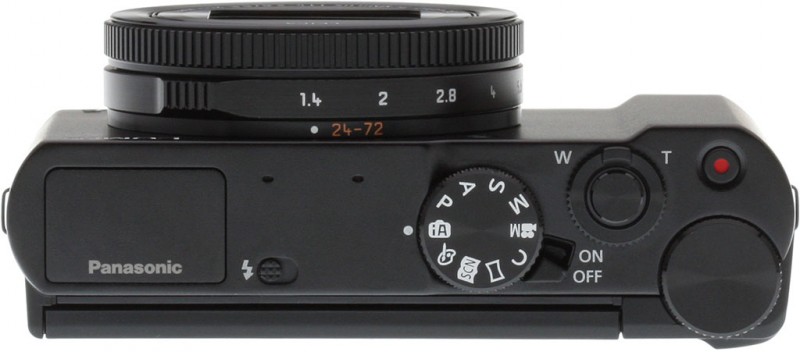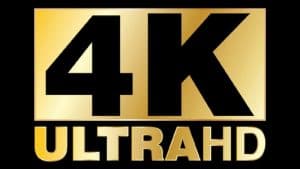Last Updated on August 7, 2020
Video credit: First Man Photography
Most cameras these days are perfectly capable of capturing landscape shots. However, those who devote much of their time to the craft have specific needs and requirements, which are addressed by certain cameras.
What do landscape photographers look for in a camera? For one, it should offer lots of resolution and dynamic range. Since landscape photography involves setting up in different environments, it makes sense to get a camera that is weather sealed for protection against the elements.
Certain features are also useful to have in landscape photography cameras and these include in-body stabilization, a tilting LCD, good battery life, and touch sensitivity.
That said, here’s a list of the best cameras for landscapes:
Nikon D850
Excellent resolution is on offer with this camera’s 45.7MP full-frame sensor. Not only that, it starts its ISO base range at 64, which is lower than the usual 100 offered by other models. As such, it has impressive light-gathering capabilities leading to an equally impressive dynamic range.
You don’t have to worry about exposure to different kinds of weather since the D850 features a weather-sealed body. The camera’s ergonomic design makes it comfortable to hold and shoot with.
Other interesting features the Nikon D850 has are a tilting LCD, a good battery life, time lapse functions or focus stacking, and an AF auto fine tune mode for calibrating lenses.

Sony A7R III
An alternate option to the incredible D850 is the A7R III from Sony. It may not share the same specifications as the D850 but it does have certain features that make it a great landscape photography camera.
First off, the 42.2MP full-frame sensor offers great resolution and its base ISO offering of 100 doesn’t hurt it at all (the D850 is capable of 64). Like the D850, the body is weather-sealed and battery life is just as good. The tilting touchscreen is useful when shooting low-angle shots.
While it shares similar features with the D850, there are a couple that make it somewhat better. The A7R III’s in-body 5-axis stabilization and pixel shift mode allow it to create incredibly high-resolution images.

Pentax K-1
This serves as the third choice when considering the best cameras for landscape photography. It has similar features with the Sony A7R III and the Nikon D850 but also brings something unique to the table.
It may only offer a 36MP sensor but the resulting images are still good, plus dynamic range is pretty solid. The camera’s cross-tilt LCD makes shooting low-angle shots easy and like the A7R III, it offers pixel shift mode but produces more usable images. Like the A7R III, this also features a 5-axis stabilized sensor.

Fujifilm X-T2
The Fujifilm X-T2 may not have the same specifications as the first three cameras, but it does offer excellent image quality. It also has an impressive autofocus system and its extensive external controls provide a nice touch. The stunning image results are sadly offset by a poor batter life.

Panasonic Lumix DMC-LX10
Like the X-T2, this is an enthusiast camera but still perfectly capable of shooting landscapes. It has that ever useful flip-up touchscreen but it does away with an electronic viewfinder. Operation is easy thanks to dials and a touchscreen, plus autofocus is quite impressive.

Landscape photography covers various environments and different conditions. As such, you need a camera that can produce not just quality images but also withstand the elements. The first three cameras presented here are well recommended while the other two are best for enthusiast purposes.
